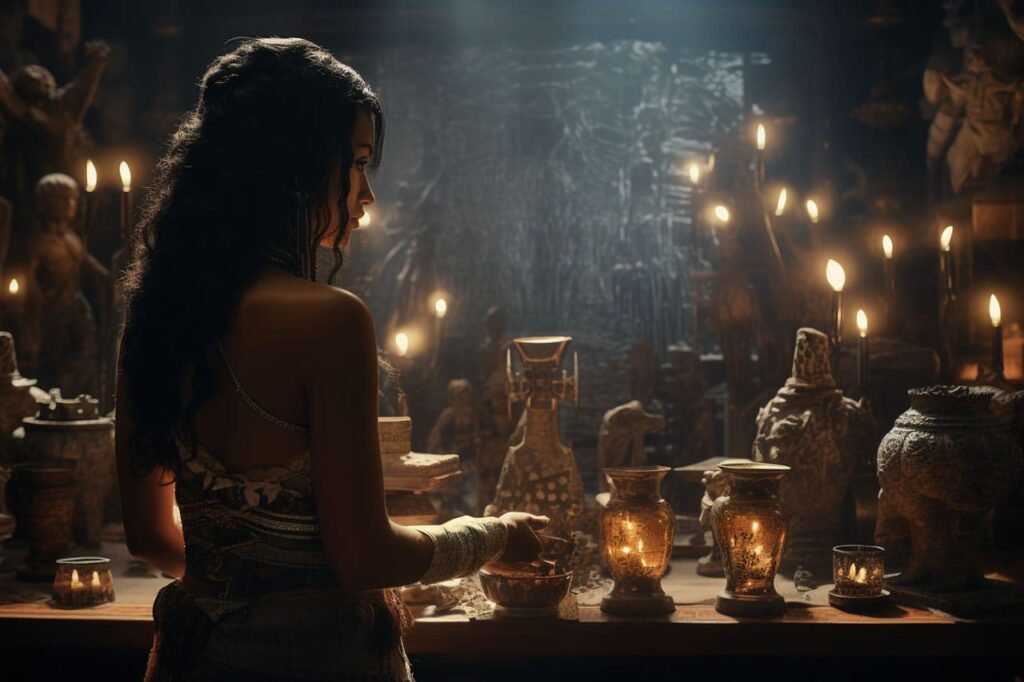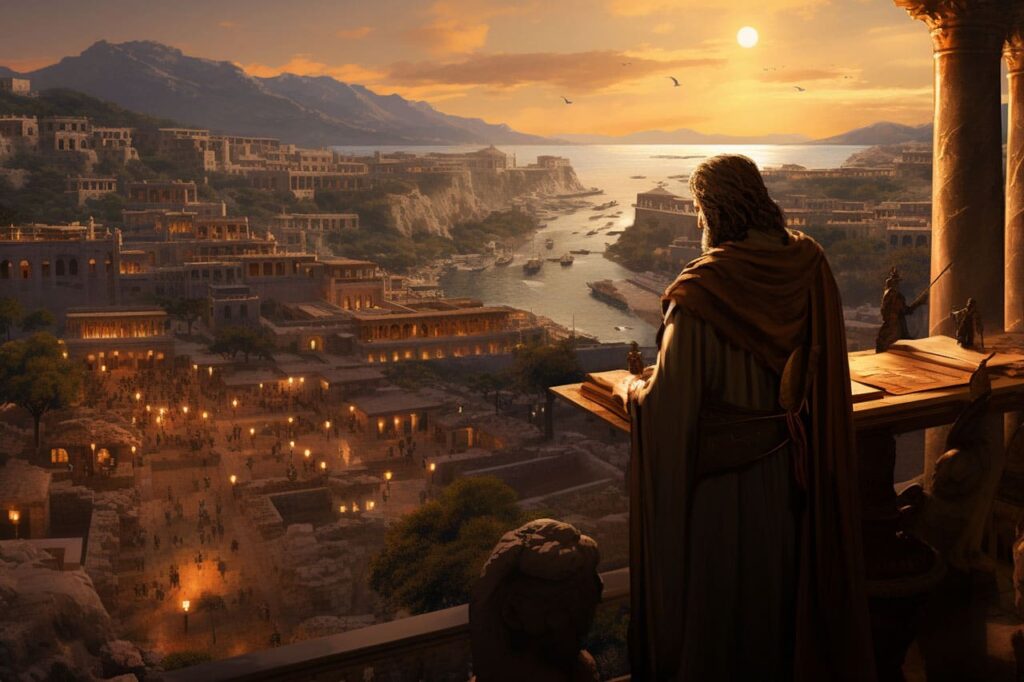Ancient civilizations have always fascinated us with their rich histories and incredible achievements. From the mighty pyramids of Egypt to the mysterious ruins of Machu Picchu, these ancient cultures continue to intrigue us. In this article, we’ll take a look at some captivating facts about ancient civilizations that will surely leave you amazed.
- The Great Pyramid of Giza – Built over 4,500 years ago, the Great Pyramid of Giza is the oldest and largest of the three pyramids in Giza, Egypt. To construct this incredible structure, it’s estimated that over 2 million stone blocks were used, some weighing up to 80 tons each! With such precision and engineering prowess, it’s no wonder the pyramids continue to astound us.
- The Hanging Gardens of Babylon – Often regarded as one of the Seven Wonders of the Ancient World, the Hanging Gardens of Babylon were a true marvel. Created by King Nebuchadnezzar II for his wife, Amytis, it is said that the gardens were built to resemble a beautiful mountain landscape in the heart of the desert. Using advanced irrigation systems, plants were able to flourish, creating a breathtaking spectacle.
- The Code of Hammurabi – In ancient Mesopotamia, King Hammurabi created one of the world’s oldest legal codes. Known as the Code of Hammurabi, it consisted of 282 laws that governed various aspects of society. What makes this code fascinating is the principle of “an eye for an eye, a tooth for a tooth,” which aimed to provide a sense of justice and prevent excessive punishment.
- The Terracotta Army – Discovered in 1974 in Xi’an, China, the Terracotta Army is a collection of over 8,000 life-sized clay soldiers and horses. Created to protect Emperor Qin Shi Huang in the afterlife, each warrior possesses unique facial features and clothes. This exceptional archaeological find highlights the immense power and belief in the afterlife held by ancient Chinese emperors.
- Mayan Astronomy – The Maya civilization had an advanced understanding of astronomy. They accurately predicted celestial events such as lunar eclipses and the movement of Venus. The Mayans even developed a calendar that could measure time with astonishing precision. Their celestial observations played a vital role in their religious beliefs and agricultural practices.
- The Nazca Lines – Thousands of years ago, the ancient Nazca people created enormous geoglyphs in the Nazca Desert of Peru. These large-scale designs, which include animals, plants, and geometric shapes, were only fully visible from the air. The question of how the Nazca people could have created such intricate and massive drawings without an aerial view remains a mystery.
- Ancient Egyptian Perfumes – Perfume played a significant role in ancient Egyptian culture. The Egyptians believed that pleasant smells had the power to communicate with the gods. They created a wide variety of perfumes, using ingredients such as myrrh, frankincense, and rose. Perfume bottles were often beautifully crafted, transforming them into exquisite artistic pieces.
- The Lost City of Atlantis – The mythical city of Atlantis has captured the imaginations of people for centuries. According to Plato, Atlantis was an advanced civilization that existed around 11,000 years ago before mysteriously disappearing into the depths of the ocean. While the search for Atlantis continues, its existence, for now, remains a captivating mystery.

The Great Pyramid of Giza is a true testament to the incredible engineering prowess of ancient civilizations. Despite being constructed over 4,500 years ago, the pyramid remains an architectural wonder, leaving us in awe of its precision and grandeur. The Hanging Gardens of Babylon, on the other hand, transport us to an oasis in the desert. The vivid imagery of these gardens, with their lush greenery and mesmerizing waterfalls, is a testament to human creativity, even in the most arid of landscapes.
Moving on to legal matters, the Code of Hammurabi showcases the development of laws and justice systems in ancient Mesopotamia. The codification of laws aimed to create a fair society and establish rules that would protect the citizens and prevent chaos. The Terracotta Army, on the other hand, highlights the profound belief in the afterlife held by ancient Chinese emperors. The intricacy and attention to detail in each clay warrior convey the cultural significance of preserving the ruler’s power beyond death.
In the realm of astronomy, the Mayan civilization’s profound understanding of celestial movements is nothing short of remarkable. Their accurate predictions and advanced calendar system underline their intellectual achievements and the importance of astronomy in their daily lives. Moving on to artistic and mysterious creations, the Nazca Lines intrigue us with their enigmatic purpose and the immense effort required to create these impressive geoglyphs in the desert.
Perfumes in ancient Egyptian society not only provided fragrant aromas but also acted as a way to communicate with the gods. The Egyptians’ appreciation for fragrance shows the importance they placed on sensory experiences and their connection to the divine. Lastly, the mysterious Lost City of Atlantis continues to captivate us with its alleged advanced civilization and sudden disappearance. Though elusive, the myth of Atlantis lingers in our imagination, leaving us to wonder about the possibilities of this ancient world.
